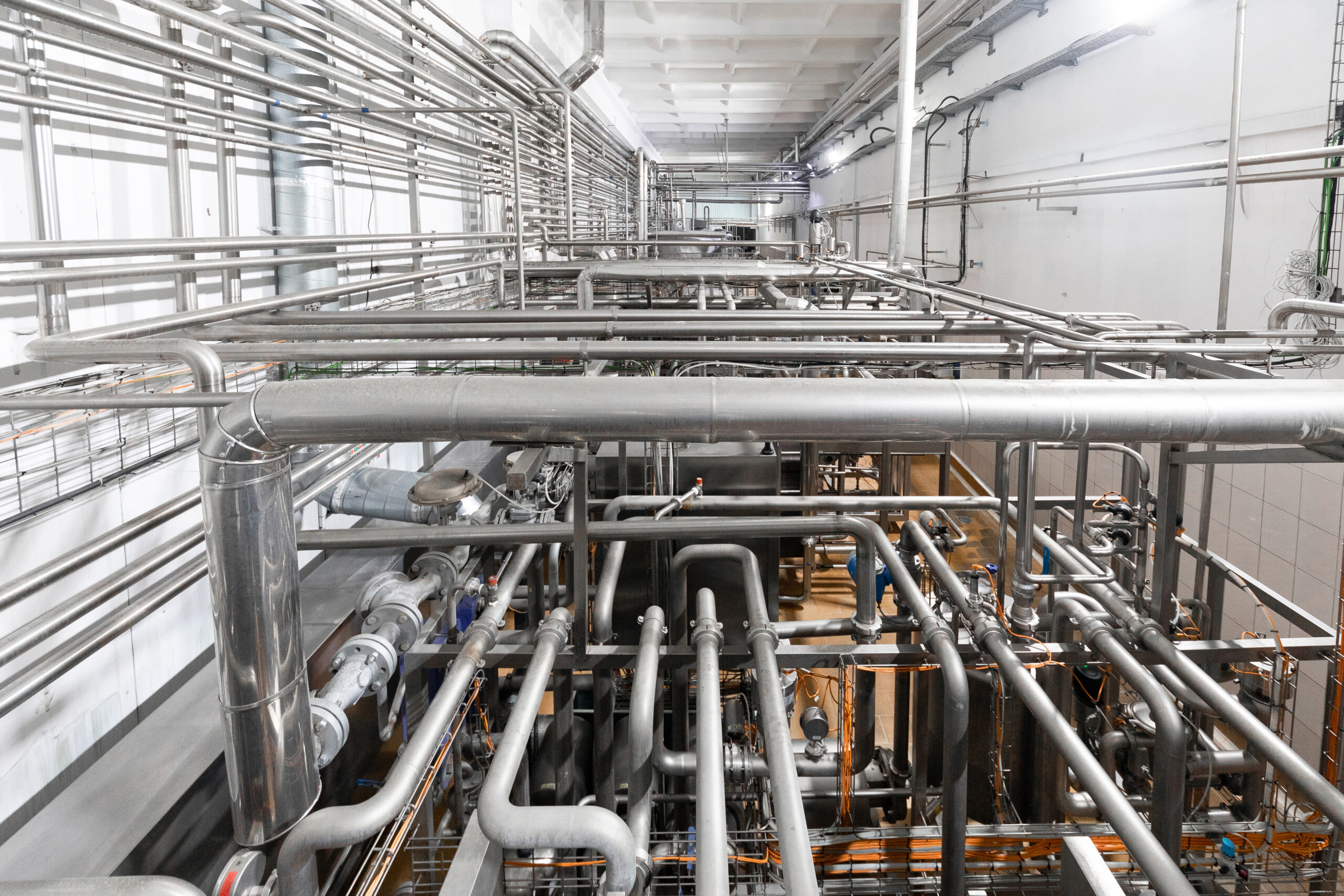Selecting the right materials for chilled water piping is crucial for ensuring the system’s efficiency, durability, and overall performance. The choice of material directly impacts the system’s ability to resist corrosion, maintain temperature, and handle the pressures of chilled water distribution. When considering materials for your chill water piping, it’s important to evaluate factors such as thermal conductivity, longevity, and cost-effectiveness.
1. Copper
Copper is a popular choice for chilled water piping due to its excellent thermal conductivity and corrosion resistance. It is durable, easy to install, and has a long lifespan, making it ideal for both commercial and industrial applications. However, copper can be more expensive compared to other materials, which is something to consider when budgeting for large-scale projects.
2. Steel (Carbon and Stainless)
Steel, including both carbon and stainless steel, is another common material used in chilled water piping systems. Carbon steel is known for its strength and durability, while stainless steel offers additional corrosion resistance. These materials are often used in high-pressure systems where strength is a primary concern. Proper insulation is essential when using steel to prevent heat loss and condensation.
3. PEX (Cross-Linked Polyethylene)
PEX piping has gained popularity in recent years due to its flexibility, ease of installation, and resistance to corrosion. It is a cost-effective alternative to traditional metal piping and is particularly useful in residential and light commercial applications. PEX is also less prone to leaks and has a lower thermal conductivity, which can help reduce energy loss.
4. PVC (Polyvinyl Chloride)
PVC is a lightweight, cost-effective option commonly used in chilled water piping systems. It is resistant to corrosion and chemical damage, making it suitable for various environments. However, PVC is not as strong as metal options, so it is typically used in low-pressure systems or where weight is a concern.
5. CPVC (Chlorinated Polyvinyl Chloride)
CPVC is similar to PVC but with added chlorine content, which enhances its temperature and pressure resistance. It is often used in situations where higher temperatures are involved or where additional durability is required. CPVC offers a balance between cost, performance, and ease of installation.
Conclusion
Choosing the right material for chilled water piping is essential for ensuring long-term performance and energy efficiency. By carefully considering the specific needs of your system, you can select a material that will provide the best results for your project. For expert guidance and installation, trust Lea Keong Mechanical & Engineering to deliver high-quality solutions tailored to your requirements.


